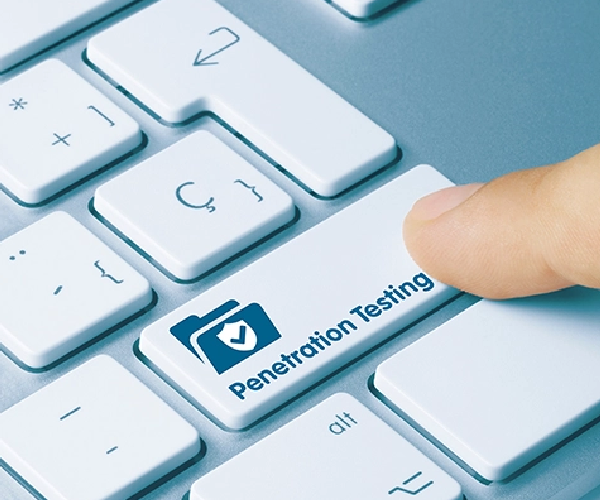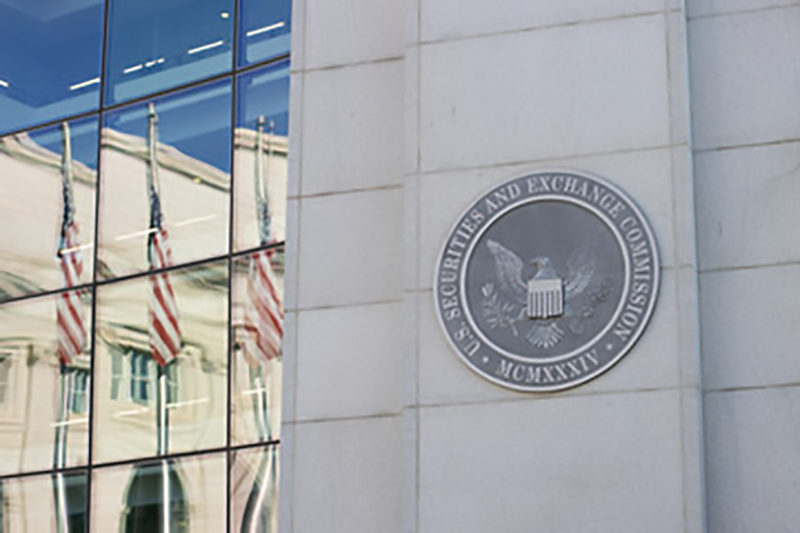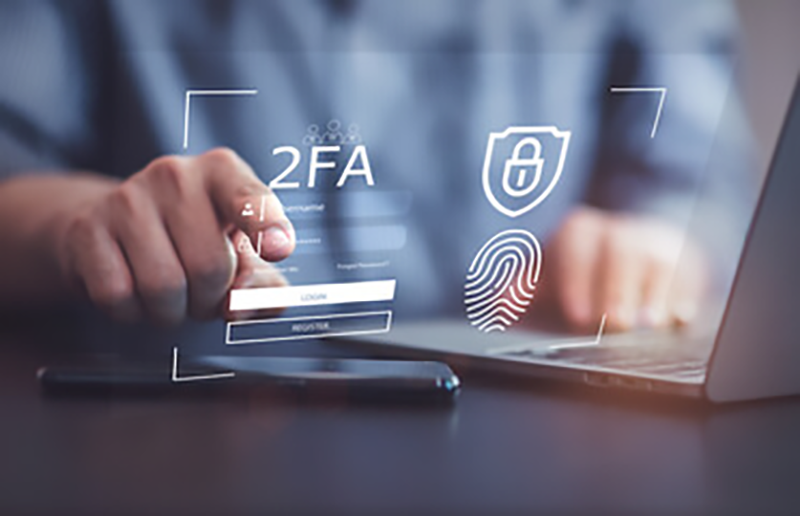Ransomware attacks against Microsoft customers have seen a 275% increase, which means that human-operated Ransomware-linked encounters have risen 2.75 times over the past year. This surge comes as cybercriminals face new challenges; they are now attempting 600 million identity attacks every day.1
This means businesses are at greater risk of data theft and disruptions. Learn how these threat actors are breaching security.

What You Need to Know About The Rise Of Ransomware Threats
According to the Microsoft Digital Defense Report 2024, while nation-state attacks are still a concern, financially motivated Cyberattacks are also on the rise.
In the past year, Microsoft noticed some important trends that you should be aware of:
First, there was a staggering 2.75 times increase in Ransomware attacks compared to the previous year. However, on a positive note, the number of these attacks that actually reached the encryption stage dropped by threefold. This means that while attacks are happening more frequently, fewer of them are successfully locking up data.
Attackers are increasingly using unmanaged devices for remote encryption or gaining initial access. Microsoft’s report found that 92% of successful attacks originated from these devices. So it’s important to secure all devices connected to your network to protect against Ransomware threats.
Trend Shows Attackers Get More Creative In How They Threaten Organizations
One of the most powerful Ransomware attacks this year didn’t involve encryption at all. Early this year, Mandiant reported that a Ransomware group targeted Snowflake environments across 165 companies, leading to widespread data theft and extortion, according to Mandiant.
To ramp up pressure on their alleged victims, Ransomware groups have started posting on data leak sites, with these posts increasing by 67% in the first half of 2024. Last year alone, threat groups claimed responsibility for Ransomware attacks in 4,520 posts, which is a 75% increase compared to 2022, as reported by Mandiant in June.
How Attackers Gain Access
There’s more—Microsoft found that one of the most common ways attackers gain access continues to be through social engineering. This includes tactics like email phishing, SMS phishing, and voice phishing. Plus, they are exploiting weaknesses in public-facing applications or taking advantage of unpatched operating systems.
Based on the Microsoft report, another alarming trend is the 400% rise in tech scams since 2022. Microsoft saw a huge jump in tech scam activity, with the number of daily incidents skyrocketing from 7,000 in 2023 to 100,000 in 2024. The majority—over 70%—of the malicious infrastructure used in these scams was only active for less than two hours. This means that many threats could disappear before you even notice them!
The Use Of AI
It’s not just about Ransomware and social engineering attacks, either. Last year, we began to notice a trend where threat actors—both cybercriminals and nation-states—started experimenting with artificial intelligence (AI). Just like you might use AI to make your work more efficient, these threat actors are figuring out how to use AI tools to target victims easily and quickly.
For example, actors affiliated with China tend to favor using AI-generated images for their influence operations, according to the East Asia report published by the Microsoft Threat Analysis Center (MTAC). Even a U.S. security firm inadvertently hired a North Korean hacker who used an AI-enhanced photo.
So far, it seems that this AI-generated content hasn’t been very effective in swaying audiences. However, it’s better to be alert because these AI-powered maneuvers are continually developing.
How Can Businesses Keep Out Of Harm’s Way?
To keep your business safe from cyber threats like Ransomware attacks, social engineering, and AI-powered scams, it’s important to take some simple steps. First, make sure everyone in your organization knows about these threats. Hold training sessions to train your team about the dangers of phishing emails, fake messages, and suspicious apps and links. Remind them not to open or download anything they didn’t expect or don’t recognize.
Next, keep your software and systems updated. This means regularly installing updates and patches to improve any security vulnerabilities that attackers might exploit. Use strong passwords and urge your team to do the same. Implement two-factor authentication (2FA) or better yet, multi-factor authentication (MFA), which requires multiple forms of identification, like a code sent to their phone.
Also, secure your devices by using endpoint protection. This helps detect and block malicious activity before it can harm your systems. Endpoint protection (which protects your computers and IoT devices) helps catch potential attacks early on, reducing the risk of data breaches and keeping your business operations running smoothly.

FAQ
How Do Ransomware Attacks Affect Businesses?
Ransomware attacks can seriously damage businesses by shutting them out of their data and demanding payment to regain access. This can lead to lost revenue, reputational damage, and costly recovery efforts. Besides, these attacks can disrupt operations and affect customer trust, so it’s essential to have security measures in place.
What Can My Organization Do To Defend Against Cyberattacks?
To effectively defend against cyber threats from both cybercriminals and nation-state actors, implement strong policies and tools such as enhanced MFA and attack surface reduction rules (guidelines that help limit the ways attackers can get into a system by reducing the number of vulnerabilities that could be exploited). At 2Secure Corp, we help businesses assess web applications, simulate Ransomware attacks for better prevention, and strengthen endpoints.

Source:
- The foundations and new frontiers of cybersecurity A Microsoft Threat Intelligence report Microsoft Digital Defense Report 2024 Overview Overview. (n.d.). https://cdn-dynmedia-1.microsoft.com/is/content/microsoftcorp/microsoft/final/en-us/microsoft-brand/documents/Microsoft%20Digital%20Defense%20Report%202024%20%281%29.pdf





